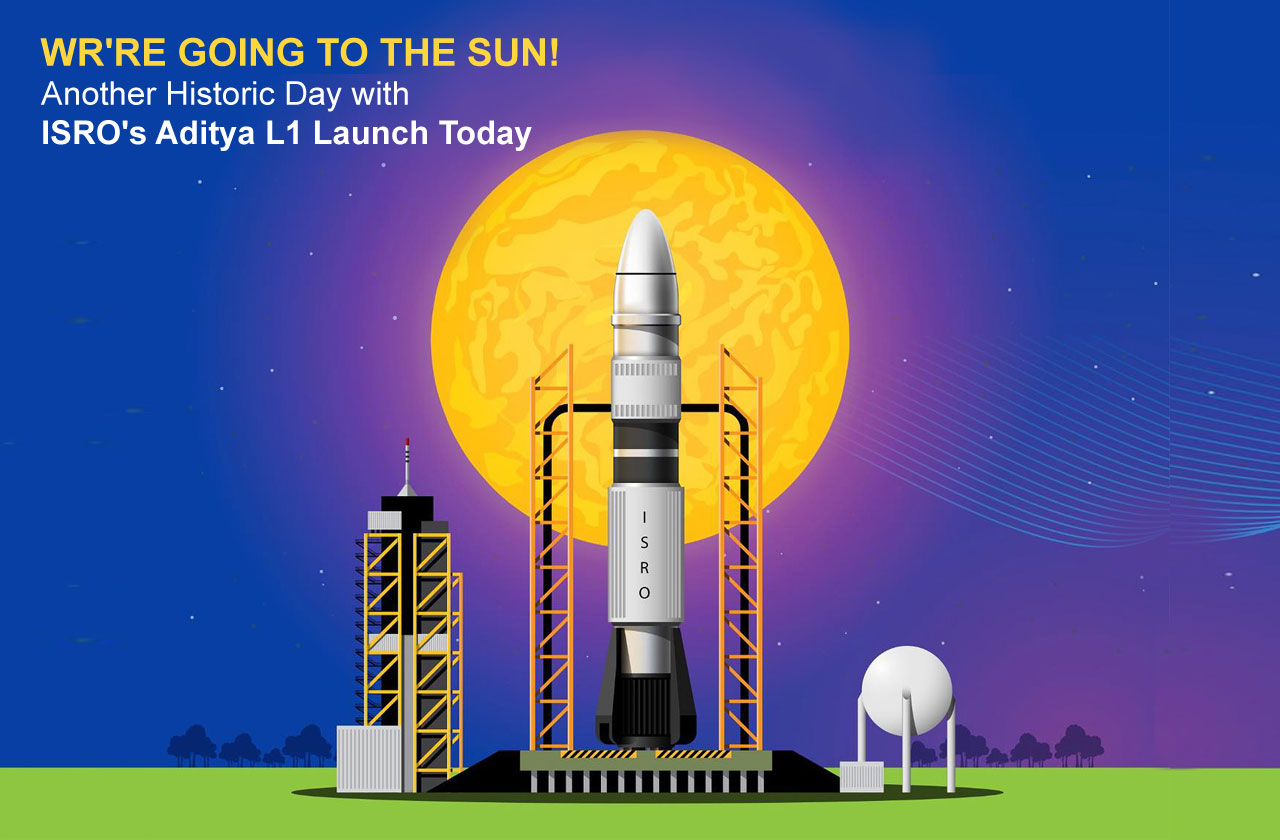Unveiling the Journey of Aditya - L1: India's First Solar Mission to the Sun
Understanding its intricate dynamics is a matter of scientific curiosity and essential for our technological advancements and the sustainable harnessing of its energy. India, known for its rich scientific heritage, has embarked on a remarkable journey towards unravelling the mysteries of the Sun through the Aditya-L1 mission, a pioneering endeavour in the field of solar science. At Podar International School, we believe in nurturing inquisitiveness and fostering our students' deep love for science and technology. Join us as we explore the exciting world of Aditya-L1 and how Podar creates a holistic environment for learning in the context of science and technology.
Aditya-L1 Mission: A Glimpse into Solar Science
Aditya-L1, often called India's Solar Mission, is a mission of great significance. Its primary objective is to study the Sun's outermost layer, known as the solar corona, which has eluded scientists for centuries due to its extreme temperature and the accompanying challenges it presents. Launched by the Indian Space Research Organisation (ISRO), this mission marks India's ambitious leap into space exploration, focusing mainly on solar science.
The Aditya-L1 mission is designed to:
Study the Sun's Corona: Aditya-L1 will provide invaluable insights into the dynamics of the solar corona, helping scientists understand the Sun's behaviour and its impact on Earth's climate and space weather.
Solar Magnetic Field: The mission aims to investigate the Sun's magnetic field, which plays a pivotal role in solar eruptions and can disrupt satellite communication and power grids on Earth.
Space Weather Prediction: By studying solar activities closely, Aditya-L1 will contribute to improved space weather prediction, which is crucial for satellite navigation, communication, and space exploration.
Podar's Holistic Approach to Science Education
At Podar International School, science education should extend beyond the classroom, inspiring students to explore the universe's wonders. Our approach aligns perfectly with the spirit of missions like Aditya-L1. Here's how we create a holistic environment for learning and foster inquisitiveness in the context of science and technology:
Hands-On Learning: We offer practical, hands-on science programs and experiments that allow students to apply theoretical knowledge to real-world scenarios. This approach helps them understand complex concepts and ignites their curiosity.
STEM Clubs and Workshops: Podar hosts a range of STEM clubs and workshops that encourage students to engage in exciting projects related to space exploration, robotics, and astronomy, preparing them for careers in science and technology.
Extracurricular Activities: Our extracurricular activities, including science fairs, space camps, and coding competitions, allow students to pursue their interests beyond the curriculum.
Collaborations and Guest Lectures: We collaborate with experts and scientists to organise guest lectures, allowing students to interact with leading figures in science and technology.
India's Aditya-L1 mission represents a giant leap in our quest to unravel the mysteries of the Sun and space weather. At Podar International School, we're committed to nurturing young minds and inspiring the next generation of scientists and innovators. Our holistic approach to science education aims to empower students with the knowledge, skills, and inquisitiveness needed to contribute to ground breaking missions like Aditya-L1.
Topics

